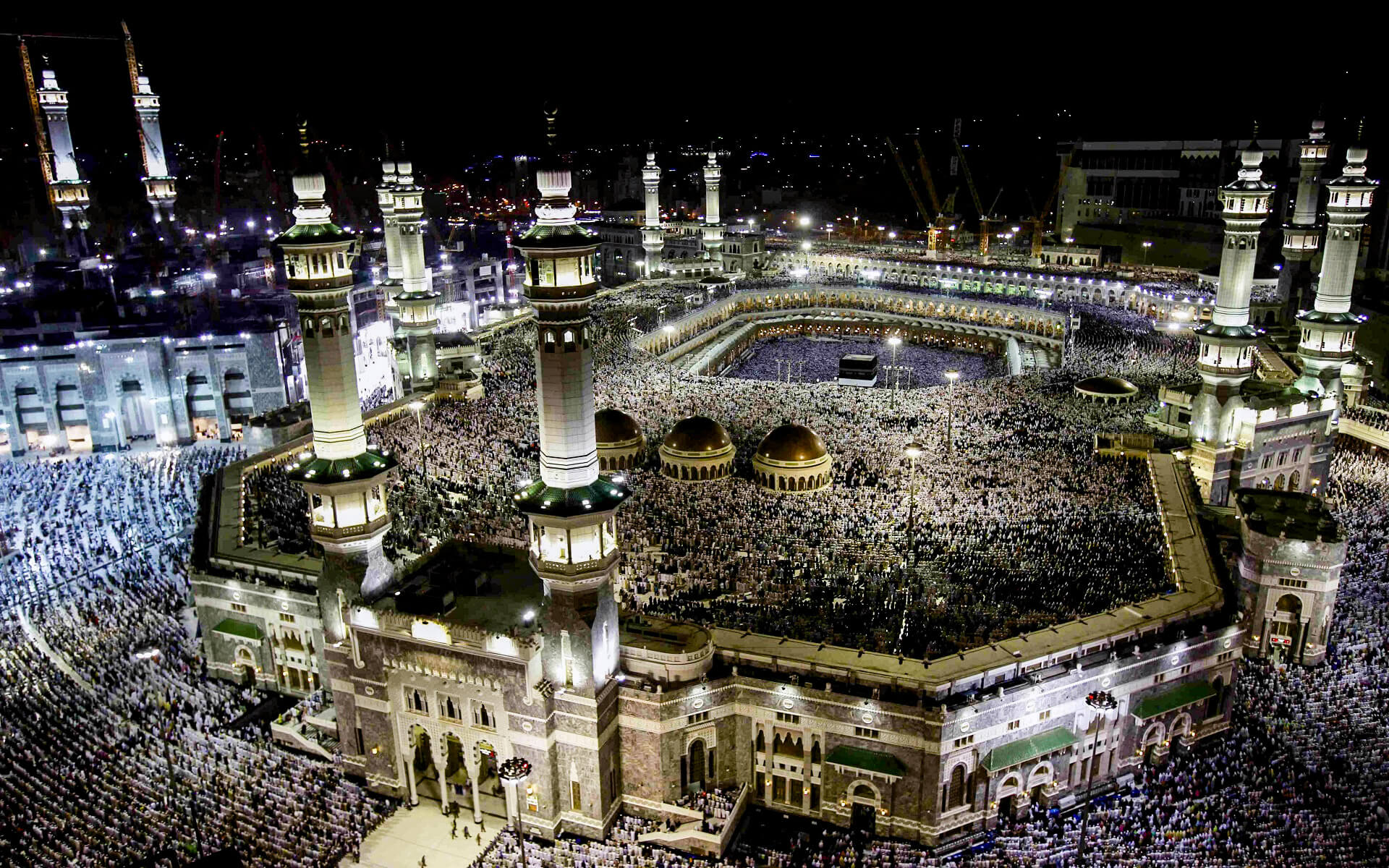Mecca is a city in Saudi Arabia’s Hejaz region. It is the capital of the Makkah Region of that monarchy. The city sits 70 kilometers (43 miles) inland from Jeddah, in a small valley at a height of 277 meters (909 feet). Its native population was around 2 million in 2012, but tourists more than treble this figure every year during the hajj (“pilgrimage”) season, which is conducted in the twelfth Muslim lunar month of Dhu al-Hijjah.
Mecca is considered as the holiest city in Islam since it is the birthplace of Muhammad and the location of Muhammad’s first revelation of the Quran (specifically, a cave 3 km (2 mi) from Mecca), and a trip to there known as the Hajj is mandatory for all competent Muslims. Mecca is the location of the Kaaba, Islam’s holiest place, as well as the direction of Muslim prayer. The sharifs, Muhammad’s successors, governed Mecca for a long time, either as autonomous kings or as vassals to greater polities. Ibn Saud seized it in 1925.
Mecca has witnessed considerable growth in size and infrastructure in the contemporary era, with constructions such as the Abraj Al Bait, also known as the Makkah Royal Clock Tower Hotel, the world’s third tallest skyscraper and the one with the third greatest floor area. Mecca has lost several ancient buildings and archaeological monuments as a result of its growth, including the Ajyad Fortress. Today, more than 15 million Muslims visit Mecca each year, including several million during the Hajj. As a consequence, despite the fact that non-Muslims are not permitted to enter the city, Mecca has become one of the most cosmopolitan and diversified towns in the Muslim world.


